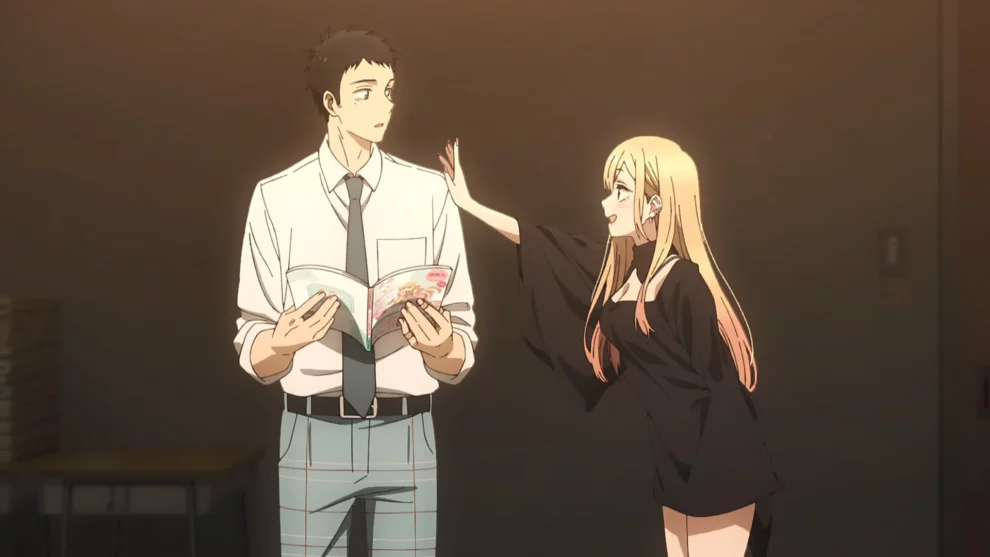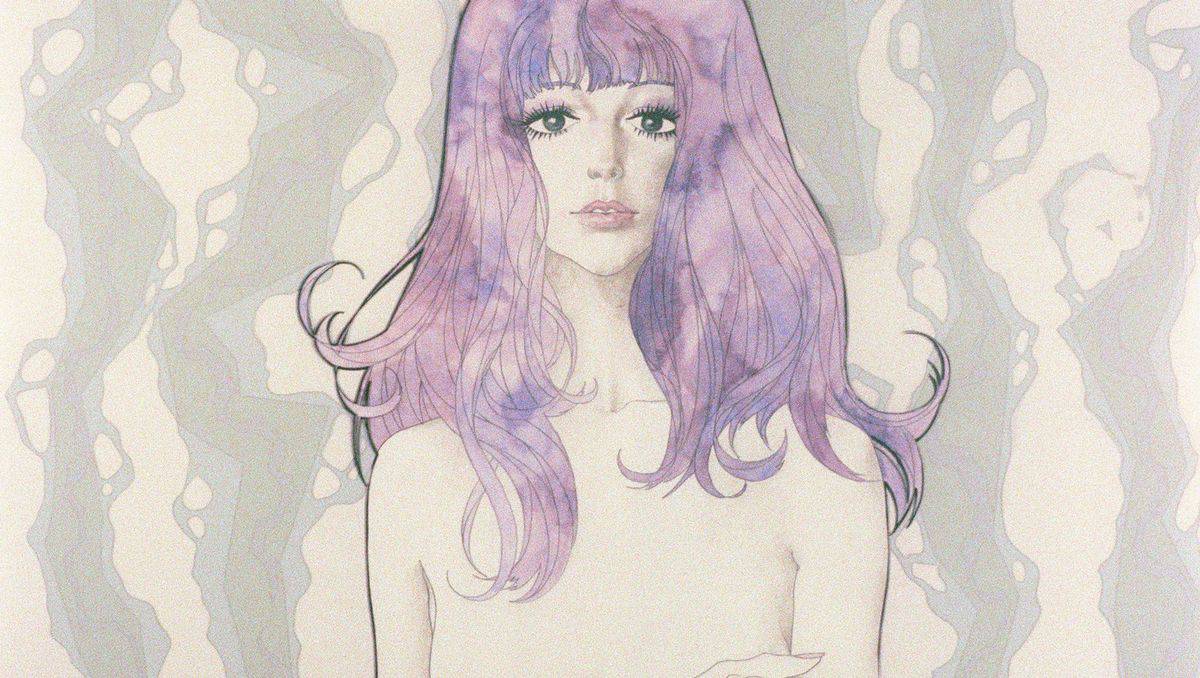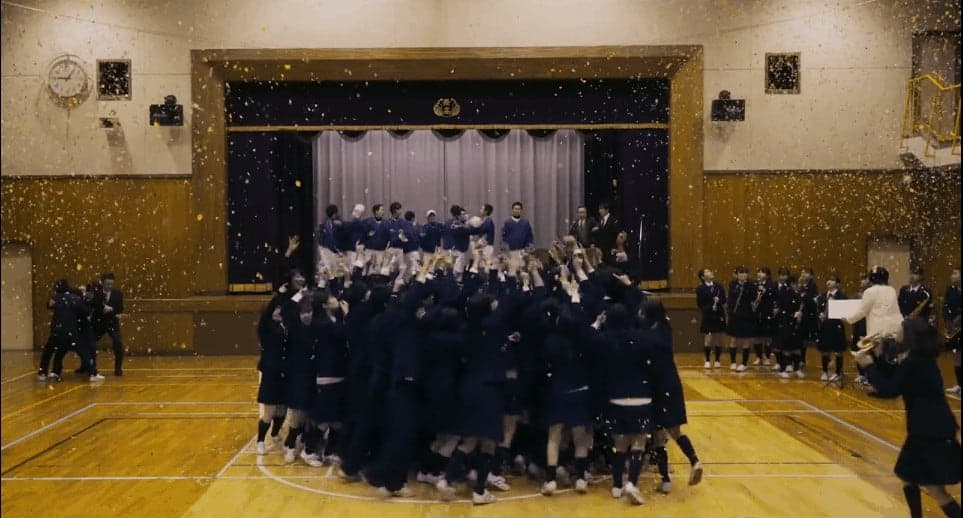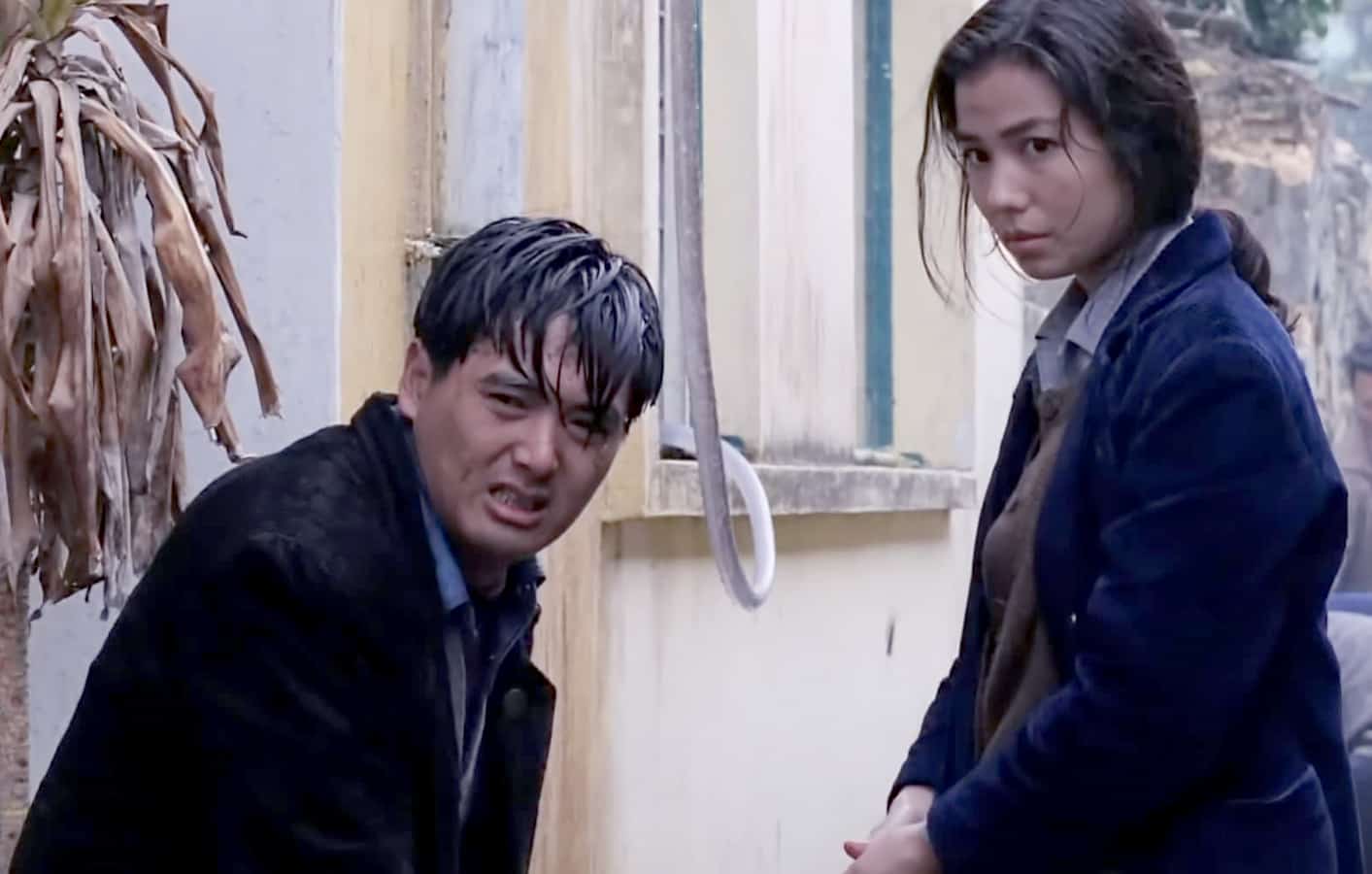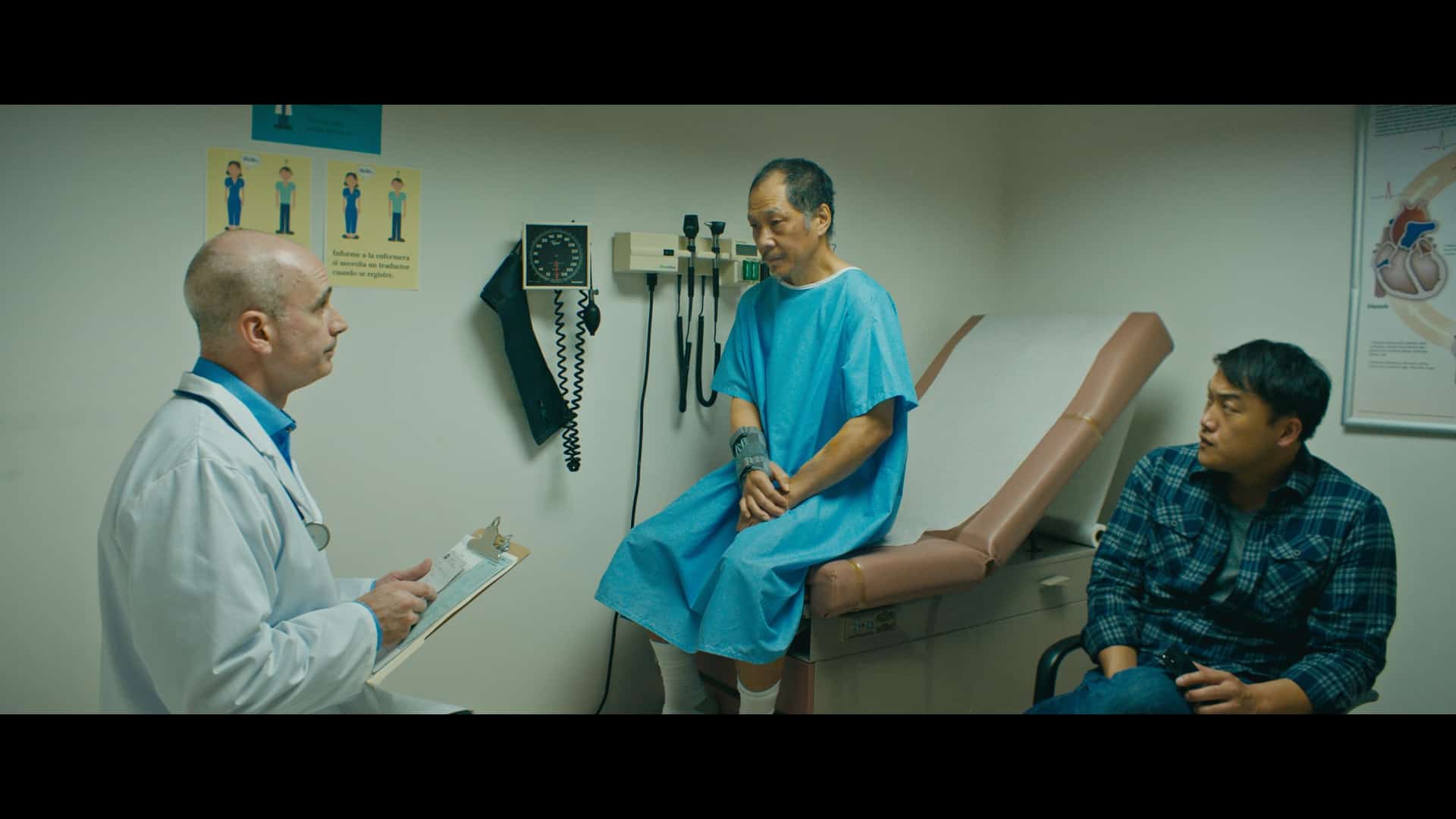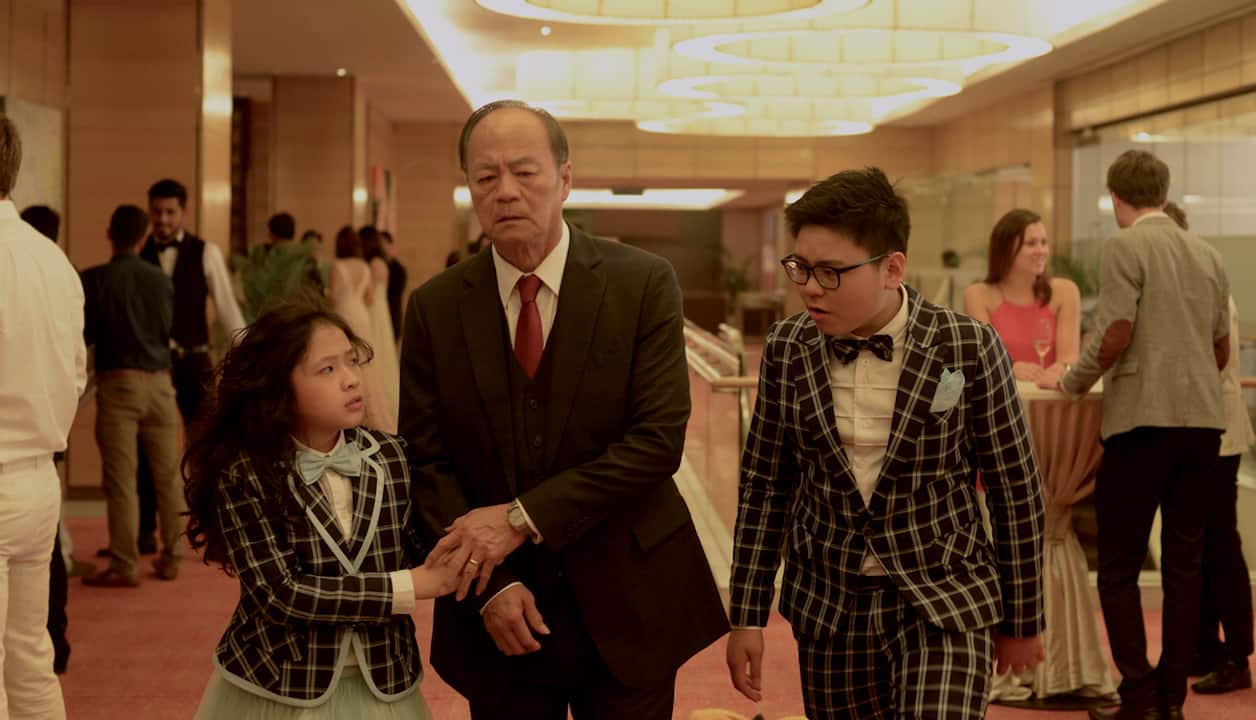Based on the homonymous manga series written and illustrated by Shinichi Fukuda, “My Dress Up Darling” deals mostly with the world of cosplay, through an approach, thought, that is essentially a mash-up of genres.
Wakana Gojo fell in love with his grandfather's hina dolls from his childhood, which has led him into becoming his apprentice, and now, in high school, living with him in his house/workshop, spending his time between honing his crafting skills and attending school. In general, he is happy, but his endeavors and a past trauma regarding his interest have led him into becoming essentially an outcast, not having friends, not to mention a girlfriend. All these however, change when Marin Kitagawa, a gorgeous rather popular classmate, discovers his talent, and convinces him to work on her new cosplay. Gojo takes the whole endeavor as seriously as his hina dolls, all the while trying to hide his attraction for Marin, who is not exactly shy of teasing him with her “virtues”. As time passes, the two come closer, while a number of other girls also become interested in his cosplay skills.
Probably the most interesting element here is the way Keisuke Shinohara implements all these otaku favorite elements, in a way, though, that moves opposite from the norms, for the most part at least. In that fashion, Gojo, although intensely emerged in the world of dolls and clothing, is not gay at all, as is quite usual the case in similar characters, at least as it was in the past. Furthermore, despite his social awkwardness, he is not a hikikomori in any way, and is actually quite adept in a number of skills, including cooking, taking care of the house and his grandfather, not to mention his doll and costume making skills. Marin is not a tsundere, but treats Gojo, despite their difference in the school “social ladder” with kindness and respect, while her feelings for him are evident essentially from the beginning, although it takes some time for her to acknowledge them. In that path, it is difficult to realize if her tendency to appear in her underwear or in rather sexy positions in front of him is the result of teasing or an effort at flirting, with the director actually playing with this question for a large part of the first season.
Furthermore, the appearance of two more female characters, does not lead to any kind of jealousy, since Juju is a cosplayer Marin admires intently, while herself seems to have no romantic interest towards Gojo. Her sister, who also becomes a member of the group eventually, is too young to be an “adversary”, with Gojo's attitude towards her immediately becoming a brotherly one. In that regard, Shinohara turns another anime favorite element on its head, since the harem here is not comprised of a bunch girls who are all in love with the same guy, but more of a group where the sole male is willing to help all of them without asking of anything in return, not to mention his monogamous feelings for Marin.
Additional depth to the narrative is also added by the thorough exploration of the effort the particular hobby demands, and essentially all aspects of cosplay, from clothes to make-up, to facial expressions, to the financials involved, to the style of photography demanded, in a rather realistic presentation. The concept of hina dolls adds another, very interesting element to the narrative, while the lack of relationships the protagonists seem to have with their actual parents can also be perceived as a comment, although Shinohara does not lean particularly on that. The will-they-won't-they emerges as an additional central element, which is also interesting in the way it unfolds, particularly because both protagonists have feelings for each other, but he is too shy to communicate them and she is not sure about them. Lastly, elements of comedy and quite intense voyeuristic/fanservice aspects are also interspersed throughout the series, concluding the overall crowd-pleasing approach which comes in combination with the aforementioned elements.
The focus on clothes in the series is as intense as the characters, and it is easy to say that Kazumasa Ishida's character design is top notch, particularly in the way he transforms the protagonists a number of times, according to their cosplay. The drawing of the clothes and the accessories is also top notch, while the bright coloring fits the general cheerful approach of the narrative nicely. The animation by Cloverworks is on a high level, focusing on realism, without any particular exaltations.
“My Dress Up Darling” provides a very appealing exploration of the cosplay world, but its true value actually lies with the way a number of mainstream elements are implemented here, in a way that is both smart and easy to appreciate.


